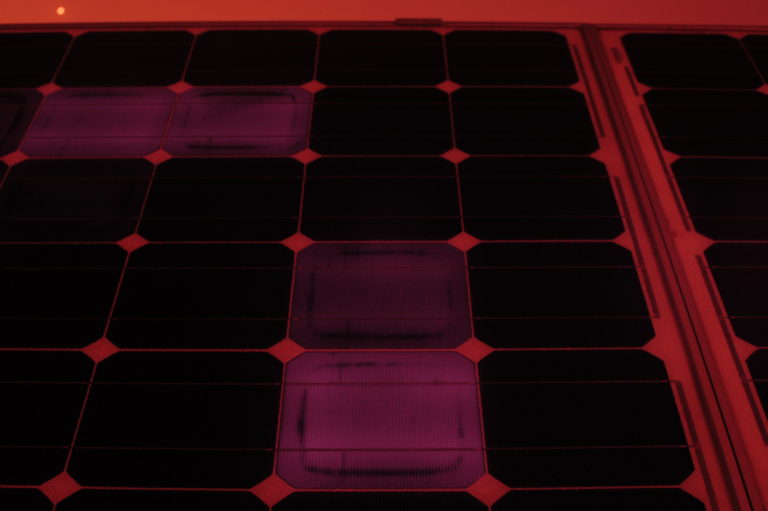As solar comes to play a larger role in energy systems the world over, the technology has to learn to cope with harsher terrains and climates, and to operate for longer lifetimes with minimal performance loss as well.
There is a wealth of research into the many different mechanisms that can start to affect the individual components in a solar module when installed outdoors for a long period of time, and the industry has shown that it can rapidly adapt when unexpected problems are discovered.
A group of scientists led by the Eindhoven University of Technology in the Netherlands has conducted an exhaustive review of literature on PV cell and module degradation published over the last 30 years. Their work seeks to provide a detailed guide to the main stress factors faced by PV modules in the field, and a component-by-component guide to the common degradation and failure modes faced by each.
Their guide, Review of degradation and failure phenomena in photovoltaics, is published in full in Renewable and Sustainable Energy Reviews. Among the key findings they take from looking into the existing research this way is that the next step for improving module reliability is to understand the combined effect of multiple stresses over different time periods and develop tests that can take this into account.
“Quality and reliability testing has come to a stage where the durability of each component under a single stress can be predicted well, but accurate reliability estimations for a combination of materials under a combination of time-varying stresses remain challenging,” the group explains. “Building on this knowledge, strategies to improve the operational lifetime of PV systems and thus, to reduce the electricity cost and improve the sustainability can be devised and lifetimes of PV modules can be extended.”
Popular content
They note efforts by DuPont with its module accelerated sequential testing, the US National Renewable Energy Laboratory’s combined accelerated module testing, and Europe's Solliance’s in-situ degradation method as leading the progress in this area.
“All three combine multiple stress factors such as light, humidity, temperature, rain, mechanical load and voltage stress,” the group states. “It is worth reminding that stress factors and stress levels in the outdoors are uncontrolled and time-varying, while conventional accelerated life testing approaches have a more monotonous character.”
The paper also praises the PV industry and research communities’ quick reactions in developing tests to give advance warning of weakness to degradation mechanisms as they are discovered – such as with potential-induced degradation. And the scientists warn that the full combination of factors must be considered with any new material solar producers plan to take up.
“New materials must work within the whole module package and in concert with the other materials present,” the scientists add. “Agnostic combined stress tests need to be used, so that also unknown, new failure modes related specific designs or BOMS may be triggered during the development phase. Standardization of such agnostic stress tests will be instrumental in the further development of long-lifetime modules and the necessary market acceptance and appreciation of long-lifetime claims.”
This content is protected by copyright and may not be reused. If you want to cooperate with us and would like to reuse some of our content, please contact: editors@pv-magazine.com.



3 comments
By submitting this form you agree to pv magazine using your data for the purposes of publishing your comment.
Your personal data will only be disclosed or otherwise transmitted to third parties for the purposes of spam filtering or if this is necessary for technical maintenance of the website. Any other transfer to third parties will not take place unless this is justified on the basis of applicable data protection regulations or if pv magazine is legally obliged to do so.
You may revoke this consent at any time with effect for the future, in which case your personal data will be deleted immediately. Otherwise, your data will be deleted if pv magazine has processed your request or the purpose of data storage is fulfilled.
Further information on data privacy can be found in our Data Protection Policy.